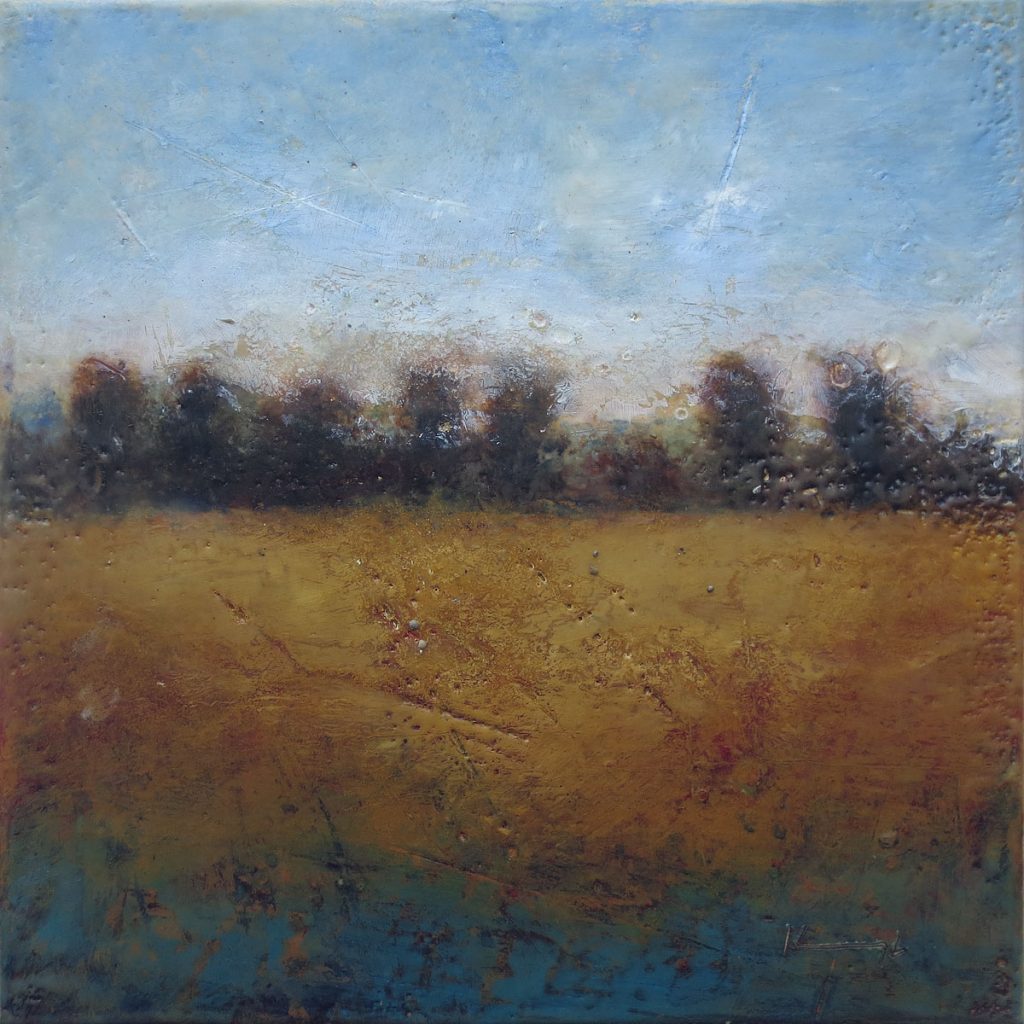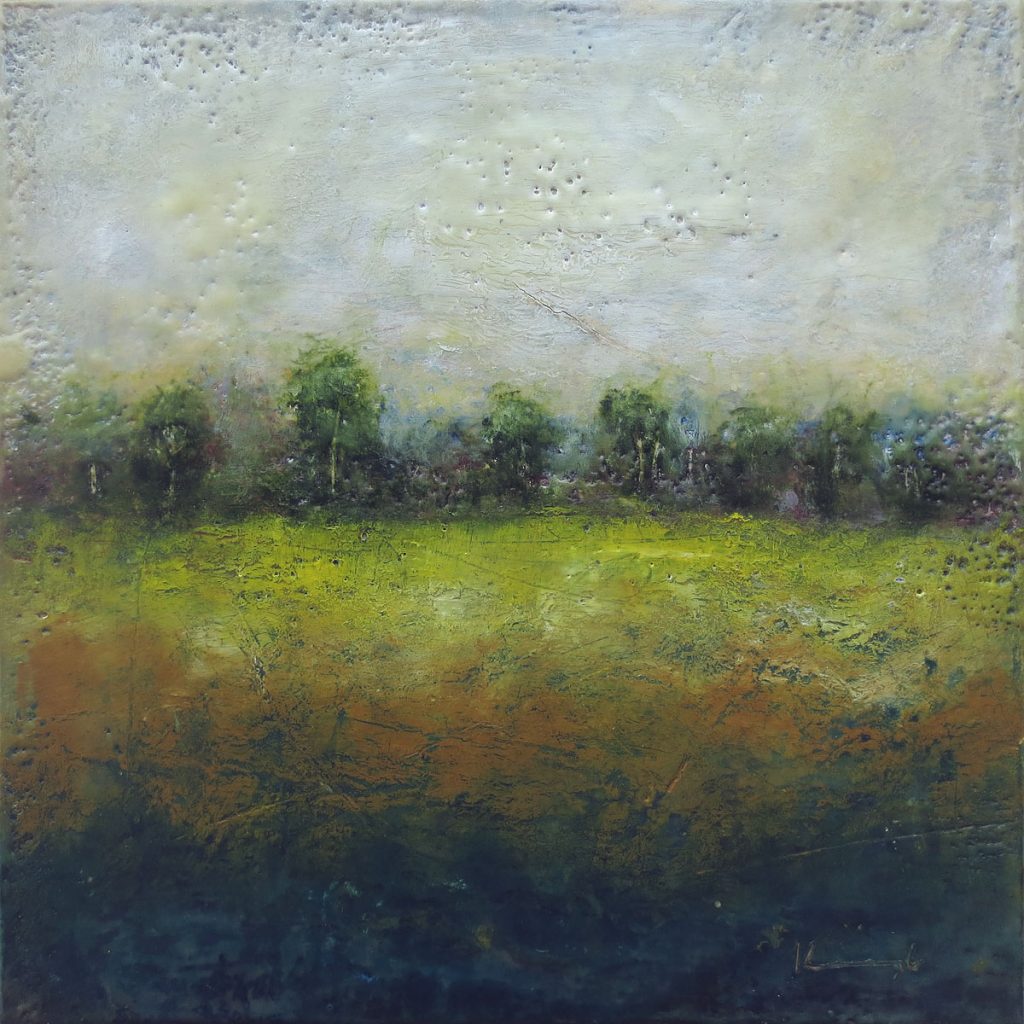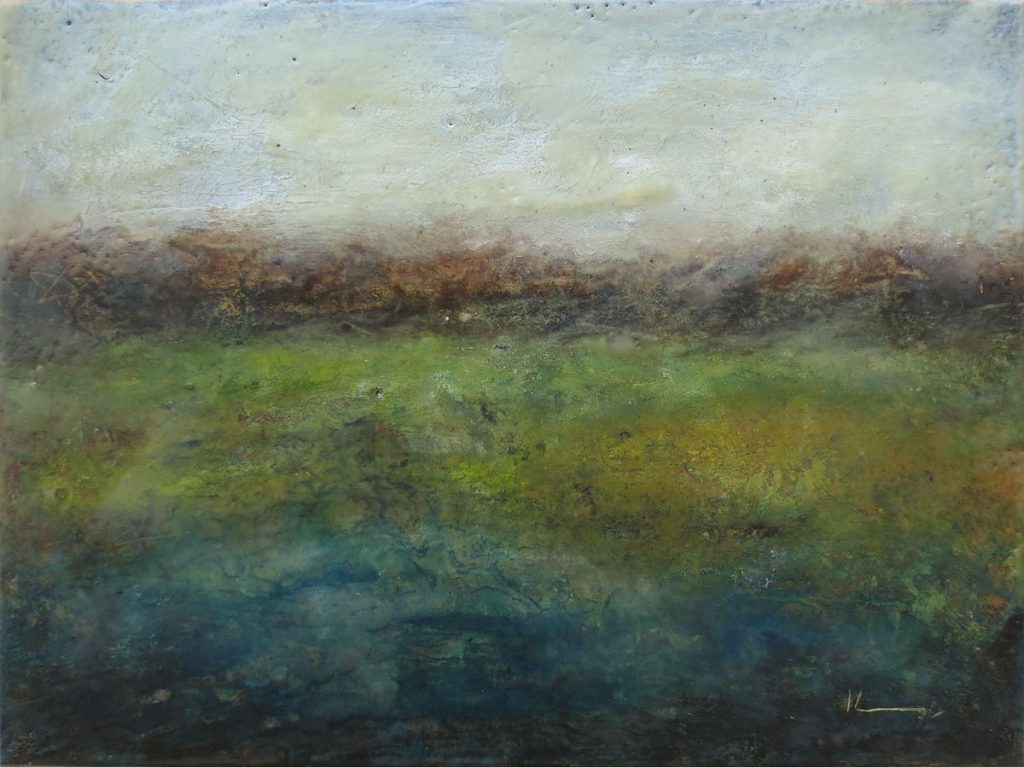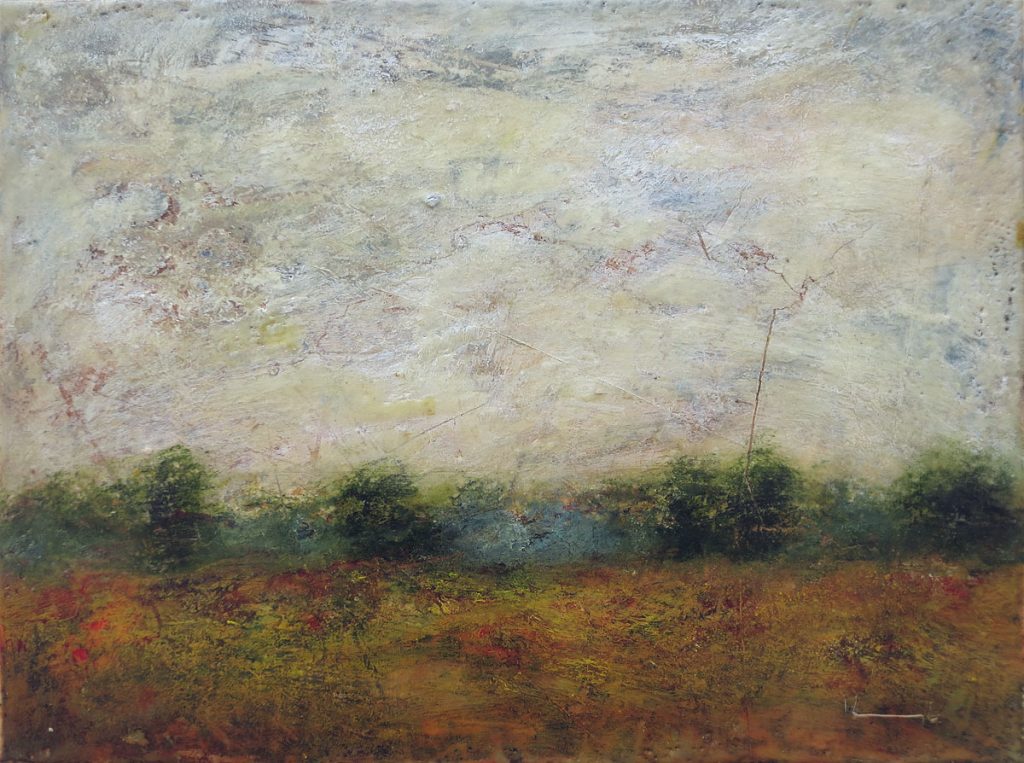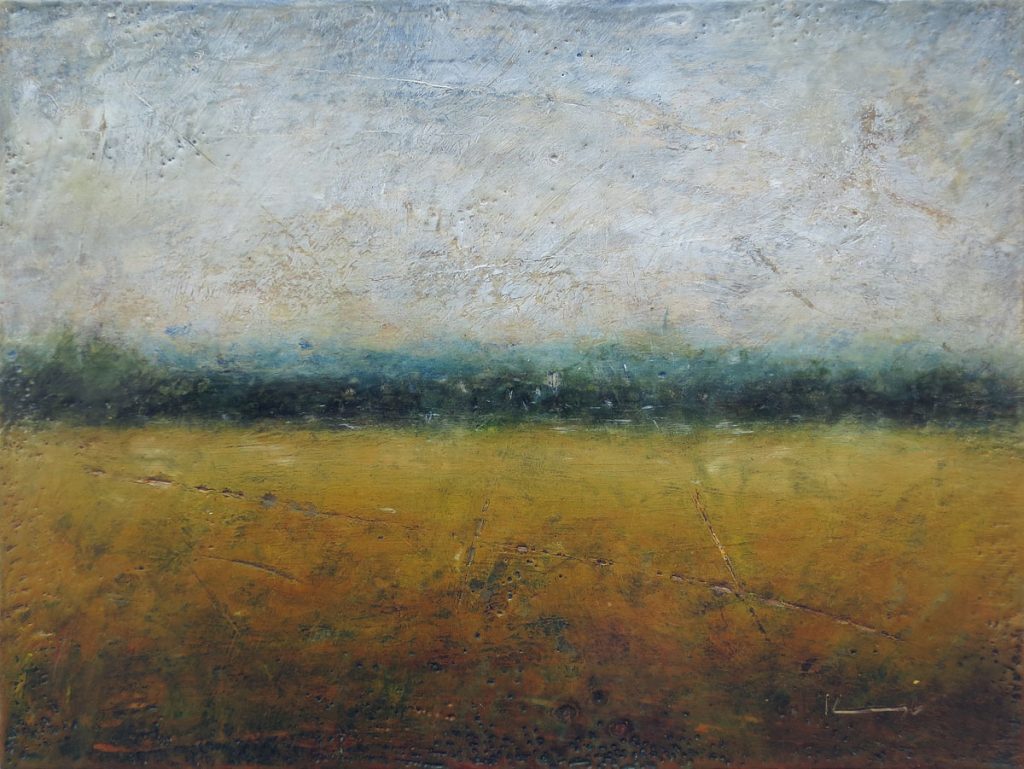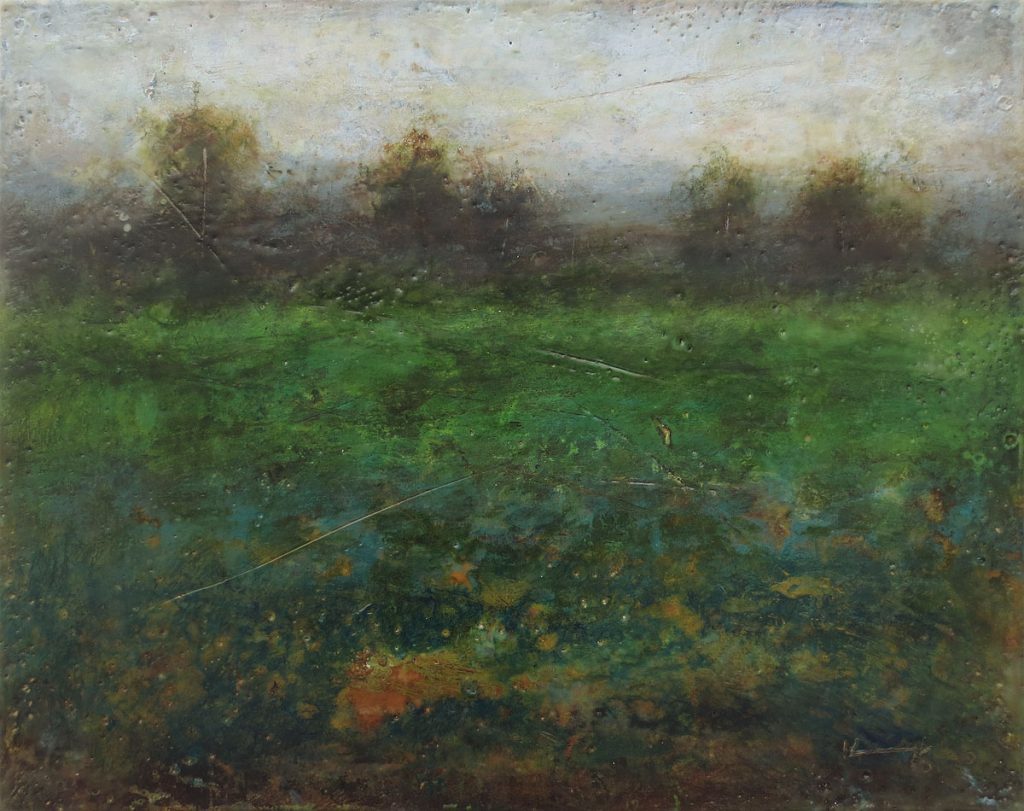Statement
My work is often small in size, but rich in texture, muted colors, weathered surface, scratched and scraped areas, and translucent layers of beeswax. Organic by definition.
My inspiration is the tension between our shared external world and our private internal world. I’m interested in the memory of being in a place, at a time, under certain conditions and I convey that feeling in my work rather than represent the place itself. I think of it as improvisation with landscape as a reference point.
Creating these paintings strengthens my connection to the world around us. My belief is that the natural world is everything there is, ultimately, and representing it in pigment helps remind me I’m part of it, not an observer of it. As Pollack said “I am nature.”
I began using beeswax many years ago mostly because it’s a natural, unprocessed medium. It’s translucent, it has body, it’s reworkable, it’s sculptural, it allows – and requires – me to work quickly. Being a jazz musician for many years, I approach it like an improvised solo, by getting out of the way and being in the moment. I build up many thin layers of pigmented wax and medium to evoke the larger feeling of a place and time when viewed at a distance, but abstract and interesting when viewed up close. Like nature.
Bio
Missouri artist Keith Kavanaugh sees a connection between the spontaneity of jazz and the act of painting. Working in the ancient medium of encaustic, each landscape is an improvisation on his memory of a place in time. While they may look traditional at first glance, a closer inspection reveals the rich surface and translucent layers unique to melted beeswax. Influenced by the Tonalists, Kavanaugh works with a palette of muted colors to reconstruct the ambiguous memories of places he frequents.
As a working jazz musician for 30 years, Kavanaugh is intimately familiar with the the process of improvising and the Zen state of mind cultivated to create something in the moment. In an aural medium one can often “hear” colors in various sound sources or harmonies, while in a visual medium it’s not unusual to “see” rhythmic patterns or dissonant layers of color. Kavanaugh explores this intersection of the mediums through quick application of paint to panel, not knowing where it may take him but enjoying the journey just the same.

